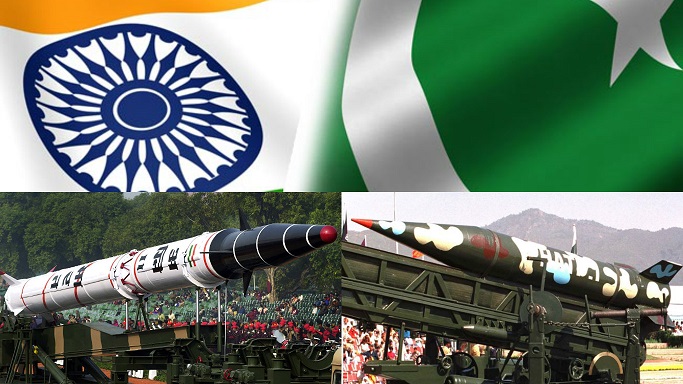Washington: There is an increased risk of a nuclear security incident in South Asia due to continued growth and development of Pakistan and India’s nuclear weapons programmes, America’s top spymaster told lawmakers Tuesday.
The remarks of National Intelligence Director Daniel Coats is part of US intelligence community’s assessment of worldwide threats in the year 2019.
While Pakistan continues to develop new types of nuclear weapons, including short-range tactical weapons, sea-based cruise missiles, air-launched cruise missiles, and longer range ballistic missiles, India this year has conducted its first deployment of a nuclear-powered submarine armed with nuclear missiles, he said.
“The continued growth and development of Pakistan and India’s nuclear weapons programmes increase the risk of a nuclear security incident in South Asia, and the new types of nuclear weapons will introduce new risks for escalation dynamics and security in the region,” Coats said in his opening statement running into over 40 pages.
Coats and heads of other top American intelligence agencies appeared before the Senate Select Committee on Intelligence on their worldwide threat assessment. Prominent among them included CIA Director Gina Haspel, who has just returned from a trip to India; FBI Director Christopher Wray and Defence Intelligence Agency Director Robert Ashley.
Coats said the US intelligence committee expect the overall threat from weapons of mass destruction (WMD) to continue to grow during 2019 and Russia will remain the most capable WMD adversary, developing new strategic and non-strategic weapons systems.
He said China will also continue to expand and diversify its WMD capabilities.
“China continues its multi-year effort to modernise its nuclear missile forces, including deploying sea-based weapons, improving its road-mobile and silo-based weapons, and testing hypersonic glide vehicles,” Coats said.
He added that these capabilities are intended to ensure the viability of China’s strategic deterrent by providing a second-strike capability and a way to overcome missile defences.
